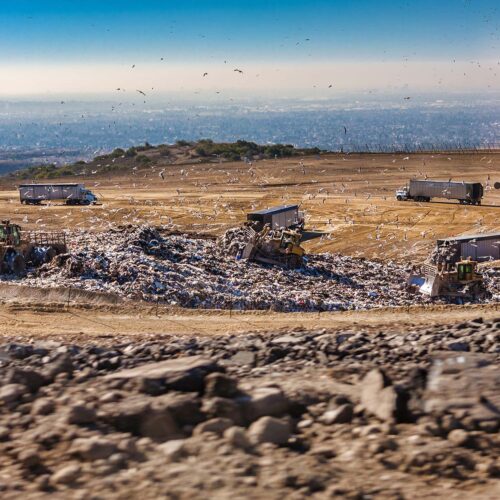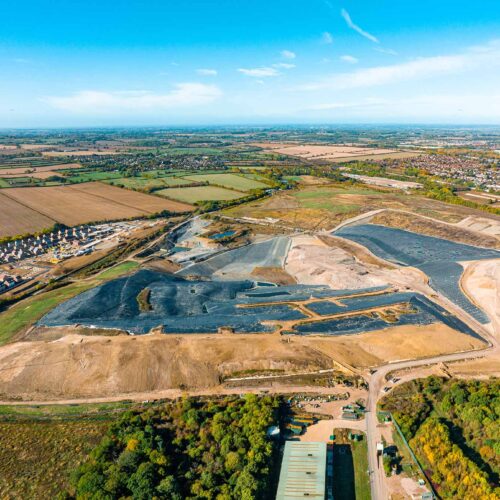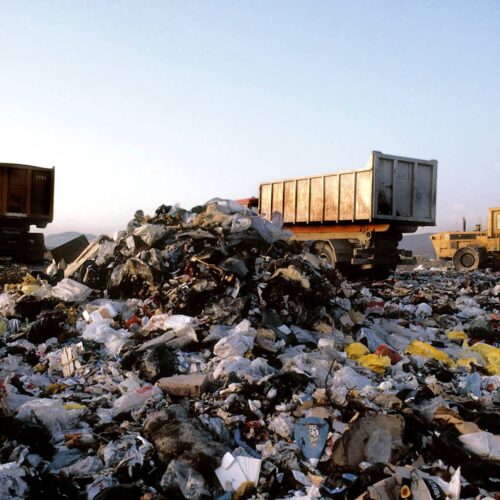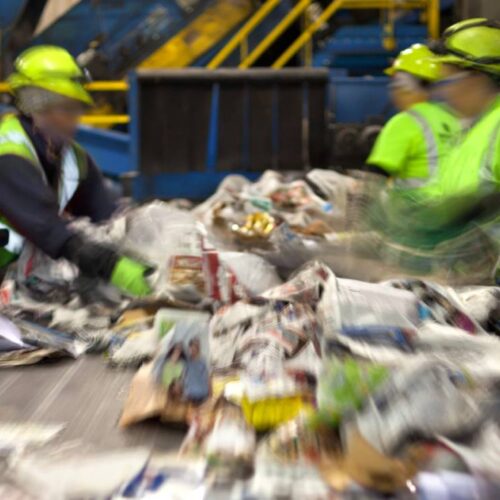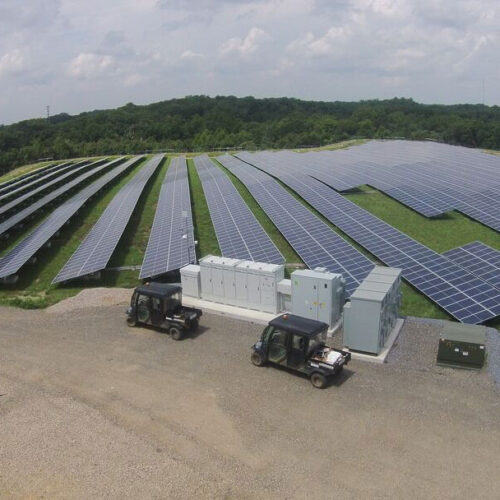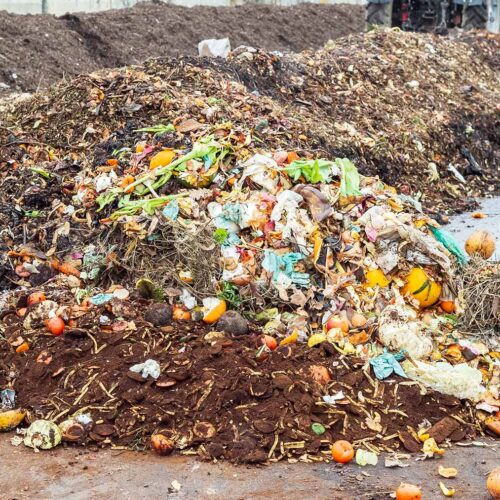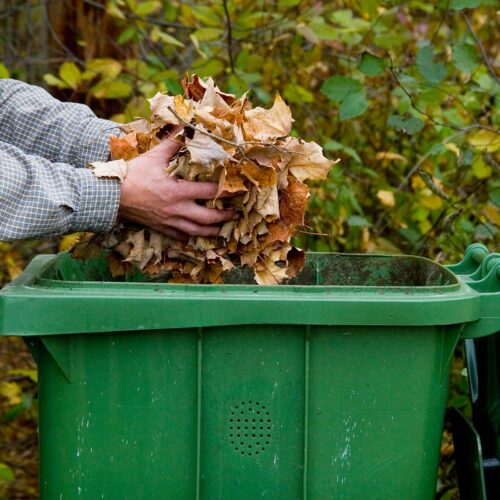Blog

Managing Methane in the Waste Sector
Waste Sector: Methane Emissions Flying under the Radar
Did you know your household waste is a major contributor to climate pollution and warming? You are probably familiar with trash polluting our waterways and parks, but it has consequences beyond what we can see in our environment.
Food waste and other organic household materials like paper, wood, yard waste, and sewage sludge often wind up in landfills, where they decompose under anaerobic conditions to produce landfill gas (LFG), comprising primarily methane and carbon dioxide. The waste sector — landfills and wastewater — accounted for almost 20 percent of all human-related methane emissions — the third largest source globally, after livestock and oil and gas emissions.
Methane is responsible for about 30 percent of the current increase in global temperature since the pre-industrial era. So far, curbing methane emissions has focused on the oil and gas sector, but the waste sector has a clear and urgent need for decarbonization strategies that swiftly reduce emissions, and sustained reductions are critical for achieving a 1.5oC future.
A Growing Problem
Though it has gotten less attention, methane is a super-pollutant which has a short atmospheric lifetime, about 84-86 times the global warming impact of carbon dioxide on a 20-year timescale. More than half of methane emissions can be attributed to human activity, so it’s no surprise that the atmospheric concentration of methane is rising rapidly.
A growing global population with higher purchasing power is driving increased consumption and waste generation. And solid waste disposal in the fastest-growing populations — sub-Saharan Africa, South Asia, and the Middle East and North Africa — are often unmanaged dumps, increasing public health risks and methane emissions. In 2020, global human-caused methane emissions from municipal solid waste landfills alone had the same warming impact as approximately 4.4 billion metric tons of CO2 on a 20-year time horizon. That’s equivalent to the annual emissions from about 950 million passenger vehicles.
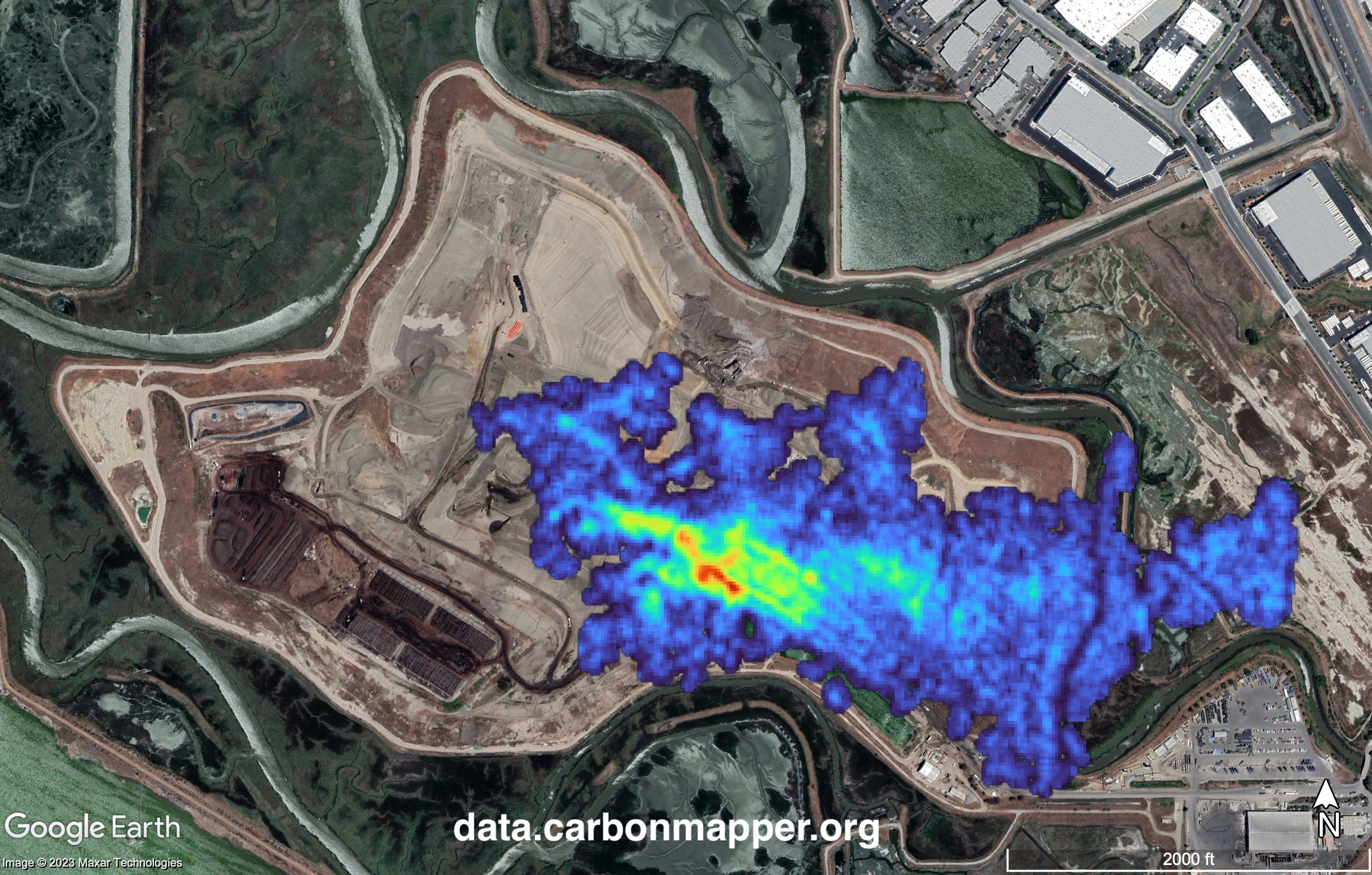
Methane plume from a landfill collected from airborne remote sensing survey using AVRIS-NG. Provided by Carbon Mapper.
Fortunately, methane’s short lifetime means that mitigating relatively small amounts of methane can have significant near-term impacts on climate change, and methane abatement solutions can be readily deployed today. Source reduction, organics diversion, LFG capture, and more sustainable production and consumption are critical to emissions reductions in the waste sector. At the same time, reducing greenhouse gas emissions by 50 percent by the end of this decade — in line with limiting global warming to 1.5oC by mid-century — will require clear plans and policies, as well as buy-in from the private sector, governments, and the communities they serve.
Cutting Methane at the Source — And Everywhere Else
By adapting the waste management hierarchy to methane management, we can prioritize methane mitigations solutions across the waste value chain with preferred solutions like source reduction and reuse (e.g., food waste prevention) and organics diversion for compost or biogas or other beneficial use. Notwithstanding a one hundred percent prevention and/or diverting organic waste from landfills, methane emissions from previously buried organic matter will remain a threat for decades to come. Therefore, complementary solutions that optimize methane capture through dumpsite upgrades and better landfill design and operations paired with comprehensive emissions monitoring are necessary.
Source: Adapted from “Comparative Greenhouse Gas Emissions Analysis of Alternative Scenarios for Waste Treatment and/or Disposal,” County of Los Angeles Department of Public Works, 2016
If we begin to value waste as a resource as valuable as energy, we can appreciate the value in reducing, reusing, and recycling. Your banana peels or eggshells from your morning meal, if sent to a landfill, will decompose to produce methane, and energy and nutrients that were used to grow them will be forever lost. However, diverting the same banana peel and eggshells to be treated through anaerobic digestion or composting will allow the recovery of biogas for energy and digestate — or compost, for nutrient recovery. Even better: reduce food loss in the first place and make sure unused food is going toward feeding others before being treated as waste.
RMI is working with partners globally to identify the biggest levers for methane reduction, develop data products that will inform actionable emissions cuts, share insights with key industry stakeholders, and develop an action plan to scale solutions in diverse markets domestically and abroad. By acting swiftly to address methane emissions, we can make significant progress towards a 1.5oC future and improve resource efficiency at a critical time for the health of the planet.
Resources
Memo Series
Blog
Report
Blog
Blog
Blog
Article
Article
Article
